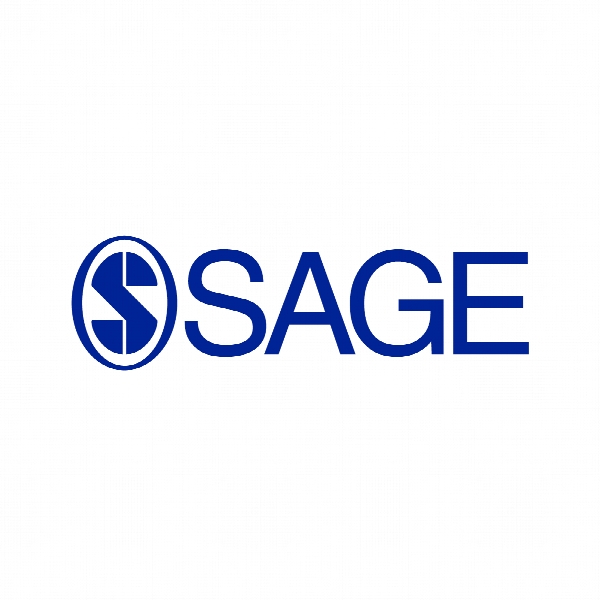تاثیر ریسک مالیات بر ارزیابی سرمایه گذاران از فرار مالیاتی Does Tax Risk Affect Investor Valuation of Tax Avoidance?
- نوع فایل : کتاب
- زبان : انگلیسی
- ناشر : SAGE
- چاپ و سال / کشور: 2018
توضیحات
رشته های مرتبط اقتصاد و حسابداری
گرایش های مرتبط اقتصاد مالی و حسابداری مالیاتی
مجله حسابداری، حسابرسی و امور مالی – Journal of Accounting Auditing & Finance
دانشگاه The University of Arizona – Tucson – USA
منتشر شده در نشریه Sage
کلمات کلیدی انگلیسی corporate tax avoidance, tax risk, firm valuation, uncertain tax positions
گرایش های مرتبط اقتصاد مالی و حسابداری مالیاتی
مجله حسابداری، حسابرسی و امور مالی – Journal of Accounting Auditing & Finance
دانشگاه The University of Arizona – Tucson – USA
منتشر شده در نشریه Sage
کلمات کلیدی انگلیسی corporate tax avoidance, tax risk, firm valuation, uncertain tax positions
Description
Introduction Investors have recently expressed heightened interest in firms’ tax avoidance activities (e.g., Marriage, 2014a, 2014b; Rampell, 2014), and evidence suggests that investment managers consider a firm’s tax management practices when making investment decisions. Likewise, investors and analysts are concerned about the pricing of firms’ tax avoidance strategies (Carlson, 2015). For example, as one chief investment officer notes, We do not single out tax activity as the sole driver of an investment decision, but it can and does influence us alongside other things. Sustainability of any business model is key, and volatile approaches to tax management and unpredictable tax rates detracts from this. (Marriage, 2014a, p. 6) Despite substantial literature on outcomes associated with corporate tax avoidance, including managerial reputation (Gallemore, Maydew, & Thornock, 2014), costs of debt and equity (e.g., Goh, Lee, Lim, & Shevlin, 2016; Hasan, Hoi, Wu, & Zhang, 2014), financial transparency (Balakrishnan, Blouin, & Guay, 2012), and stock price crash risk (Kim, Li, & Zhang, 2011), there remains limited evidence on how investors value corporate tax outcomes. We add to this literature by examining how tax avoidance and tax risk interact to influence firm value. Although our main interest in this study is the joint effect of tax avoidance and tax risk on firm value, we first consider prior research on the valuation of tax avoidance,1 which primarily focuses on whether investor valuation of the level of tax avoidance varies crosssectionally with corporate governance (Desai & Dharmapala, 2009) or the sources of tax avoidance (e.g., Inger, 2014). To the extent that corporate tax avoidance increases shareholders’ expectations of future cash flows, we expect tax avoidance to be positively associated with firm value. However, unlike the reduction of expenses that influence pretax income, the explicit reduction of tax expense is not a component of the core operations of the company. In addition, unlike many other expenses of a firm, taxes are monitored by third parties (Hoopes, Mescall, & Pittman, 2012), and investors may perceive tax avoidance as a firm not paying its ‘‘fair share’’ to the government (Dyreng, Hoopes, & Wilde, 2016). Finally, more aggressive forms of tax avoidance may bear reputational costs (Hanlon & Slemrod, 2009) or lead to future economic outlays in the form of repayment of taxes, interest, and penalties. Thus, while some studies document negative outcomes associated with certain forms of tax avoidance, overall we expect tax avoidance to be positively associated with firm value. Next, we consider tax avoidance in the context of tax risk. Although there is not yet a general consensus on the definition of the term tax risk in the literature, we focus on a view of tax risk that is akin to the traditional view in classical finance in which risk refers to the dispersion of potential outcomes from an investment. For example, while Markowitz (1952) does not offer a formal definition of risk, he posits, ‘‘the investor does (or should) consider expected return a desirable thing and variance of return an undesirable thing’’ (p. 77). Likewise, Brealey, Myers, and Allen (2011) note, ‘‘we use variance or standard deviation to summarize the spread of potential outcomes. These measures are natural indexes of risk’’ (p. 165). Concurrent literature suggests that tax avoidance may not be sustainable (e.g., McGuire, Neuman, & Omer, 2013; Saavedra, 2017). Accordingly, recent studies proxy for tax risk using the standard deviation of firms’ annual cash effective tax rates (ETRs; e.g., Guenther, Matsunaga, & Williams, 2017; Hutchens & Rego, 2015). Given that this measure of tax risk represents variance in cash savings from tax avoidance, we expect tax risk to be negatively associated with firm value.


